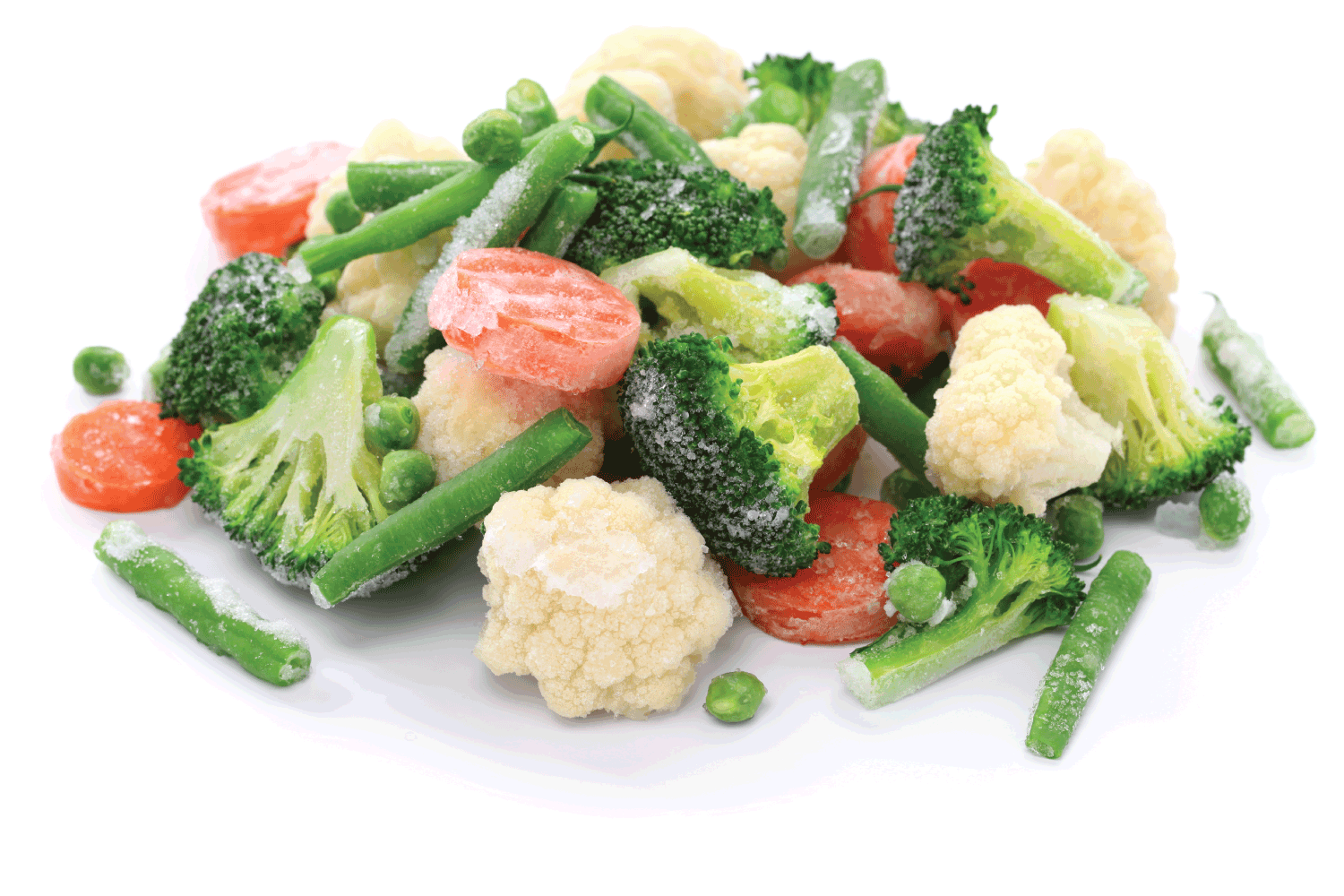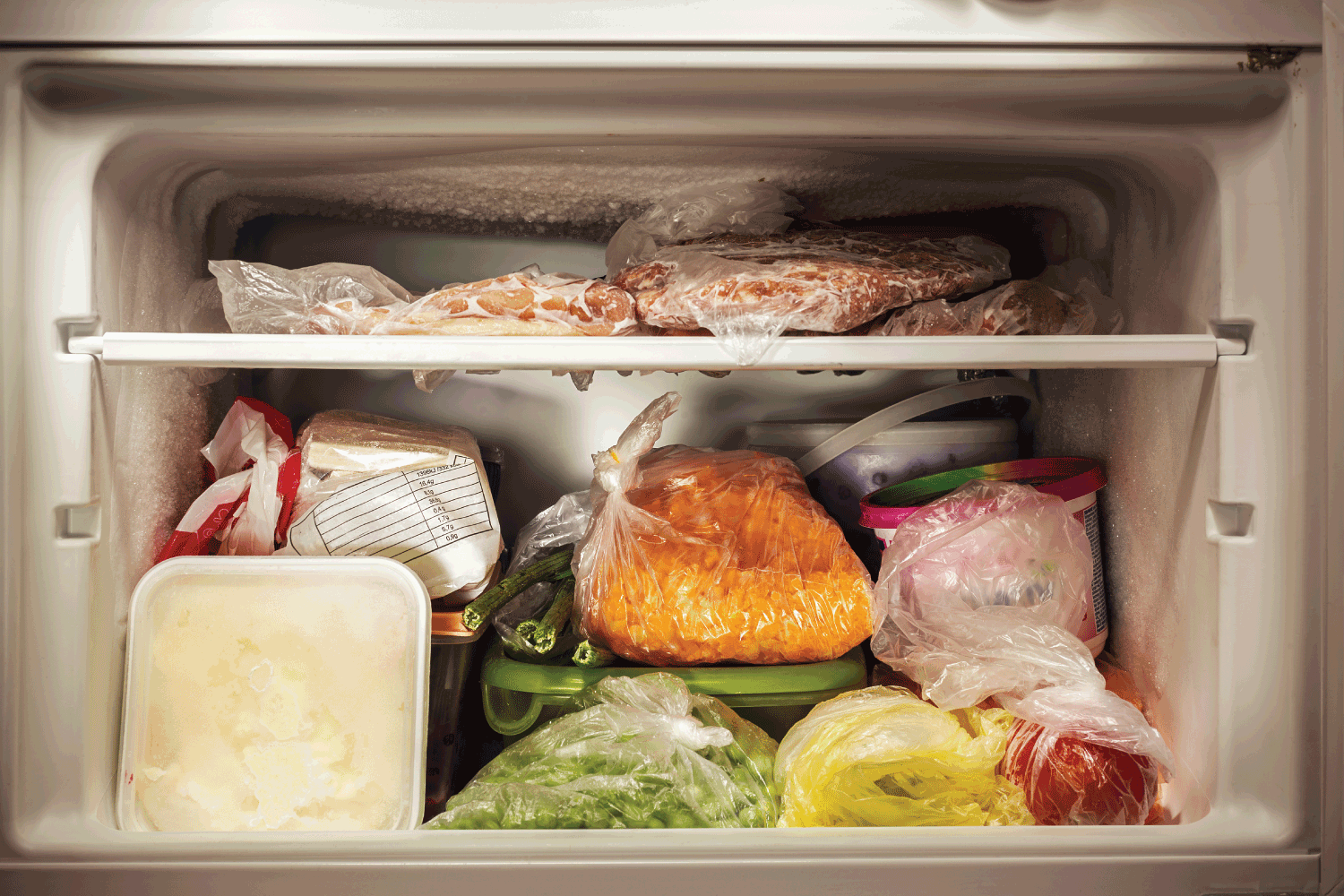Freezing foods is a great way to store food harvested from the garden or extras from an outstanding sale at the supermarket. However, freezing does pose its own set of guidelines and restrictions that cooks should follow to protect you and your family's safety. We've pulled together the facts and have productive food safety information to share with you.
The question of refreezing thawed tomatoes is fairly nuanced. If the tomatoes were thawed at room temperature, it is best to use those in a sauce and freeze once cooled. Tomatoes thawed in the refrigerator at 34-40 degrees are safe to place into the freezer. Only refreeze once; doing so again will result in shapeless and watery tomatoes that are a breeding ground for harmful bacteria.
The process of freezing and refreezing can get a bit confusing, and there are many conflicting theories in the culinary world. Also, this topic is a matter of health and safety in tandem with flavor expectations. Are you interested in learning more about freezing foods and a few suggestions to create a safer freezer? Please continue reading to learn about how and when it is safe to refreeze foods.

Can you refreeze thawed tomatoes?
According to theUniversity明尼苏达,西红柿可以refrozen if the tomatoes were thawed inside the refrigerator at 34-40 degrees and still have a few icy patches. If the tomatoes were thawed at room temperature on your kitchen counter, do not refreeze those under any circumstance! Doing so will result in unwanted bacterial growth and significantly lower the tomatoes' appearance and flavor.
Refrozen vegetables even when safely refrozen, will lose texture and taste. Generally, refrozen fruits and vegetables are not the most desirable for stir-fries or dishes that require the vegetables to maintain form. It is best to use refrozen vegetables for stews, soups, and crockpot meals.
What foods can be refrozen after thawing?
Generally, pastries such as loaves of bread, cakes, cookies, donuts, muffins are safe to refreeze.However, the second time those pastries are frozen, they will be considerably drier and have reduced flavor.
Juice concentrates can be refrozen if thawed inside a refrigerator and not at room temperature. Inspect the container to ensure that the concentrates smell and look normal before returning to the freezer.
Most vegetables can be refrozen if the packaging is well intact and that the vegetables were thawed inside the refrigerator. The legume family, broccoli, corn, and peas tend to maintain physical appearance and flavor better than tomatoes, peppers, or squashes.
Word of caution. If any of the packagings is torn, or the vegetables do not smell or look normal. Immediately discard. It is not worth taking a chance with your health.

Can you refreeze canned tomatoes?
Refreezing canned tomatoes are not advisable because water saturation is very high in canned tomatoes if refrozen and thawed later. The tomatoes will be very mushy and waterlogged. The best advice would be to cook the canned tomatoes in a sauce or dish and freeze that for a later date. When the sauce is thawed, do NOT refreeze. Use all of the sauce in a reasonable time frame and keep it in the refrigerator.
Another solution would be to keep the canned tomatoes in the can until you are ready to use the entire can at once.This would negate the need to freeze canned tomatoes. Also, write the expiration date on the cans with a sharpie marker, so it is easier to see and avoid exceeding the expiration date.
Can you refreeze stewed tomatoes?
Stewedtomatoeshave been thoroughly processed when stewed. It is advised to avoid refreezing thawed stewed tomatoes because the cellular structure of the food has been broken down several times from chopping, stewing, and freezing. The flavor would be minimal, and the consistency will be watery, with ample chances for harmful bacteria growth.
The best option would be to use the fresh stewed tomatoes in a sauce and freeze it once it is completely cooled.
Foods that should never be refrozen.
Fish, meat, poultry, if these items are thawed on the countertop or in water, NEVER refreeze! Seafood should never be frozen once you bring it home from the market. Most seafood departments receive their seafood shipments frozen and thaw those for the display cases.
Placing it in the freezer when you get home would be the second time the seafood is frozen. That would facilitate a breeding ground for bacteria and germs to flourish when thawed.
Cooked proteins like a beef roast or a home-cooked roasted chicken are tempting to put in the freezer. Do not ever freeze cooked proteins! The number of bacteria and microbes will increase with each thaw. Any foods that have sat at room temperature for two hours or more should be discarded for risk of contamination.
Ice cream and frozen yogurts should never be refrozen because they will refreeze with a layer of ice that will completely change the consistency and flavor of your frozen treats.
Leftovers comprised of combination meals are another example of foods that should never enter your freezer. The medley of proteins, dairies, and starches combined each contain different strains of bacteria that could be deadly when mixed, refrozen, and thawed.
Tips for refreezing
- Date each package when it was thawed, and be sure to use it with the next two to three months.
- Store at the coldest area of the freezer.
- For best results, use it as soon as possible to avoid unnecessary freezer burn.
- Fill containers to the brim to minimize air space that will reduce the risk of freezer burn.
- Freezer bags are great because one could easily squeeze all the air out.

Food safety and why it is important
The food industry comprises farmers, grocers, truckers, and restaurant owners held to industry standards, national and local laws designed to keep the public safe from food poisoning. Home cooks have a duty to themselves, their families, and friends to follow sound science-based research to keep their kitchens safe.
All foods contain some forms ofbacteria, and freezing food will not kill bacteria or microbes. It will only stop the bacterias from growing when foods are in the freezer. Moreover, when the foods are removed from the freezer to thaw and reach room temperature, the multiplication process for the bacteria restarts.
This is whyrefreezingwith a mindful watch on temperature, and a basic understanding of bacteria is important. Because each time the food has thawed, more bacteria have multiplied, and this cycle will continue endlessly.
细菌与微生物有无限的growth potential, and it flourishes in moisture. That is why thawing in the refrigerator is one of the most vital safety steps any cook could take in their kitchen. Low moisture products like bread and other pastries can safely thaw on the kitchen counter because the lack of moisture doesn't allow for many bacterial multiplications to occur while thawing.
In Closing
Freezing foods is a great way to avoid food waste and ensure that you will always have extra foods stored in your kitchen! Be mindful of the food safety information presented in this blog post. The most important job a home cook or professional chef has is to keep their kitchen hazard-free! Please visitwww.smilaxhost.comsoon for more informative content!
